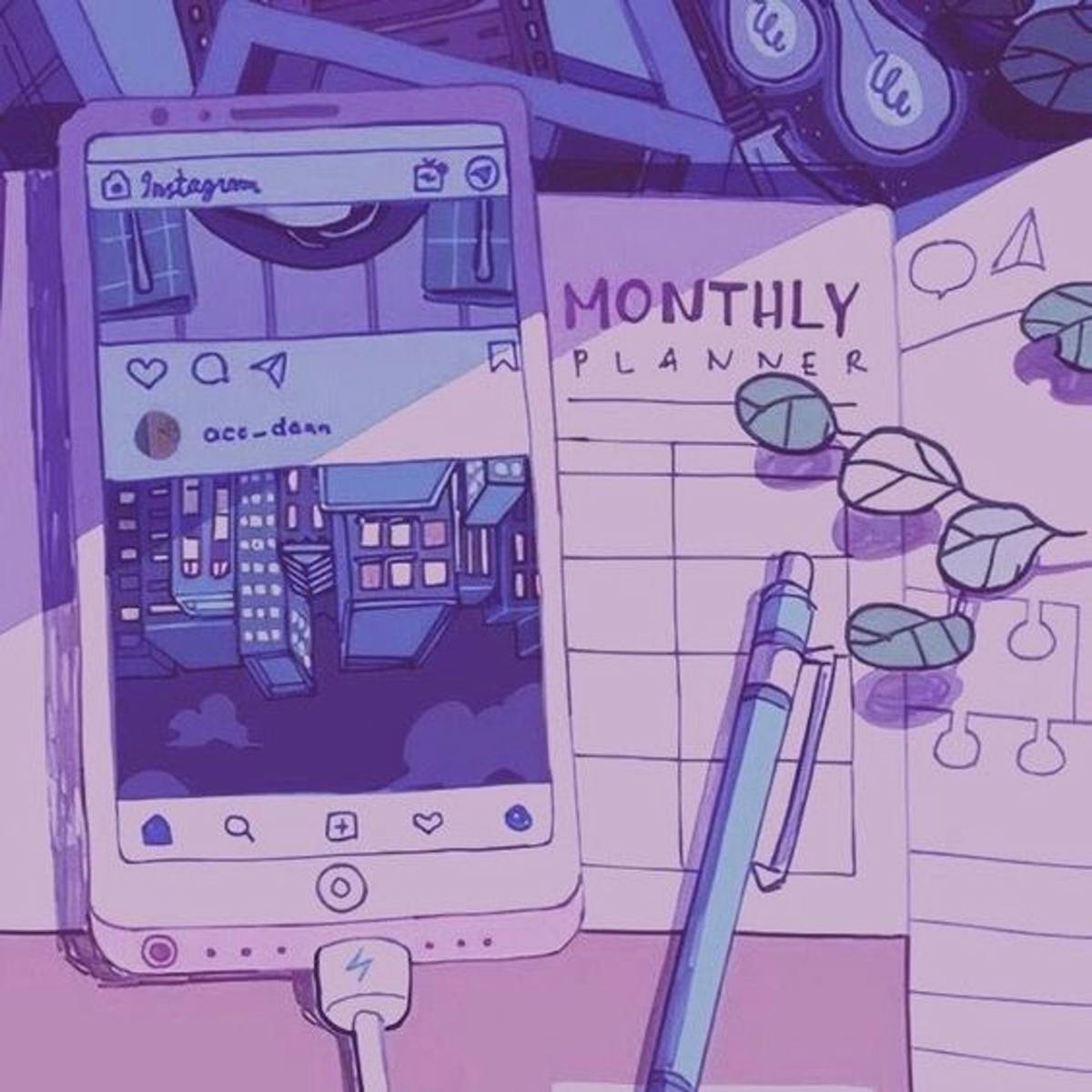What is OAuth?
OAuth 2.0 is the industry-standard protocol for authorization (not authentication) - it allows a 3rd party app to have limited access to a user’s account without providing the password.
The OAuth method is a little different depending on the platform, so this article is only for Spotify. While other platforms such as Facebook, Instagram, Youtube (Google) are similar, it took me a some time to figure it out the differences so I’m posting it here - hopefully it will help you save time.
OAuth flow drawn by me
Watch the demo video below
Note: For this to work, you must create an app with Spotify Developers (login here: https://developer.spotify.com/)
Here’e the code:
import { useAuthRequest, makeRedirectUri } from 'expo-auth-session'; const **Spotify** = () ⇒ { const discovery = { authorizationEndpoint: 'https://accounts.spotify.com/authorize', tokenEndpoint: 'https://accounts.spotify.com/api/token' }; const generatedRedirectUri = makeRedirectUri({ useProxy: true }); const [request, response, **promptAsync**] = useAuthRequest( { clientId: 'GET YOUR CLIENT ID FROM SPOTIFY', clientSecret: 'GET YOUR CLIENT SECRET FROM SPOTIFY', scopes: ['user-read-email', 'playlist-modify-public'], redirectUri: generatedRedirectUri }, discovery ); const setAuth = async () => { try { promptAsync({ useProxy: true }); } catch (error) { console.log(error); } }; useEffect(() => { if (response?.type === 'success') { fetchAccessToken(response.params.code, request.codeVerifier); } }, [response]); const fetchAccessToken = async (authcode, codeVerifier) => { const body = { code: authcode, redirect_uri: generatedRedirectUri, grant_type: 'authorization_code', client_id: 'YOUR CLIENT ID', code_verifier: request.codeVerifier }; let formBody = []; Object.keys(body).forEach(function(key) { const encodedKey = encodeURIComponent(key); const encodedValue = encodeURIComponent(body[key]); formBody.push(`${encodedKey}=${encodedValue}`); }); formBody = formBody.join('&'); const defaultConfig = { method: 'POST', body: formBody, headers: { Authorization: `Basic ${Buffer.from( 'CLIENT_ID:CLIENT_SECRET', 'utf-8' ).toString('base64')}`, 'Content-Type': 'application/x-www-form-urlencoded' } }; const tokenObject = await fetch( 'https://accounts.spotify.com/api/token', defaultConfig ); tokenObject .json() .then(async (result) => { const { access_token, refresh_token } = result; if (access_token && refresh_token) { userData(result); } }) .catch((error) => { console.log(error); }); }; async function userData(result) { const data = await fetch('https://api.spotify.com/v1/me', { headers: { Authorization: `Bearer ${result.access_token}` } }); data.json().then((userInfo) => { // DO SOMETHING WITH USERINFO in your app! }); } }
references:
